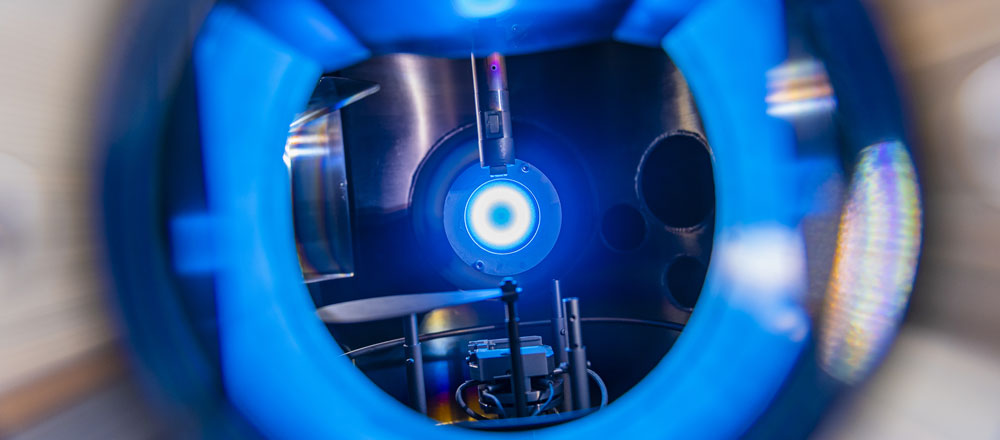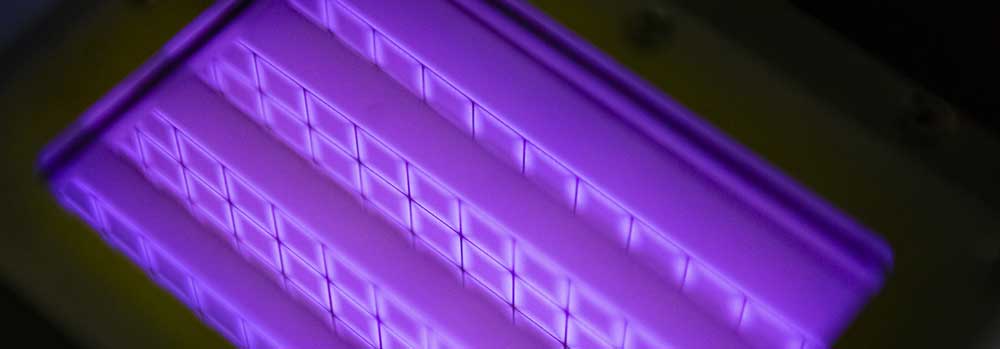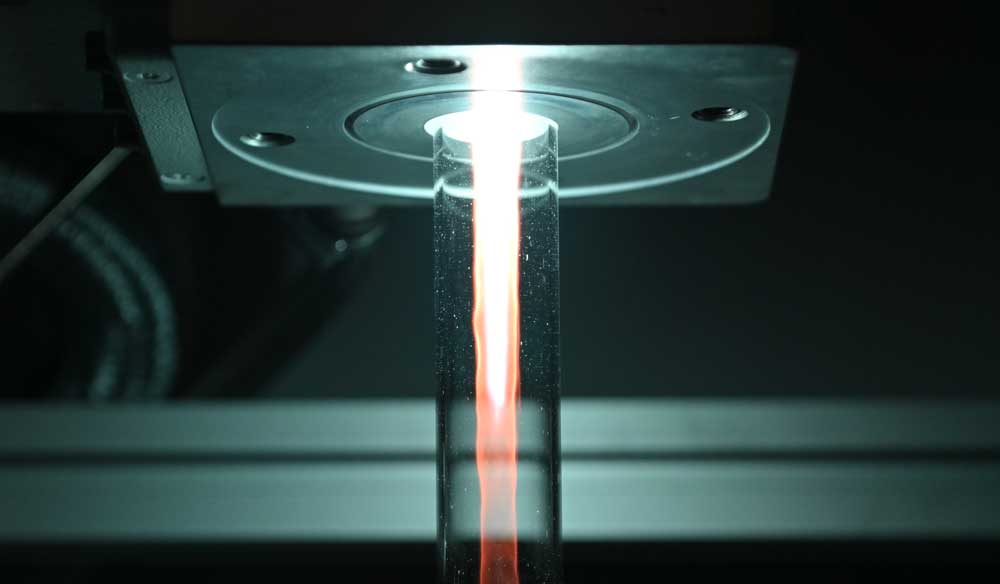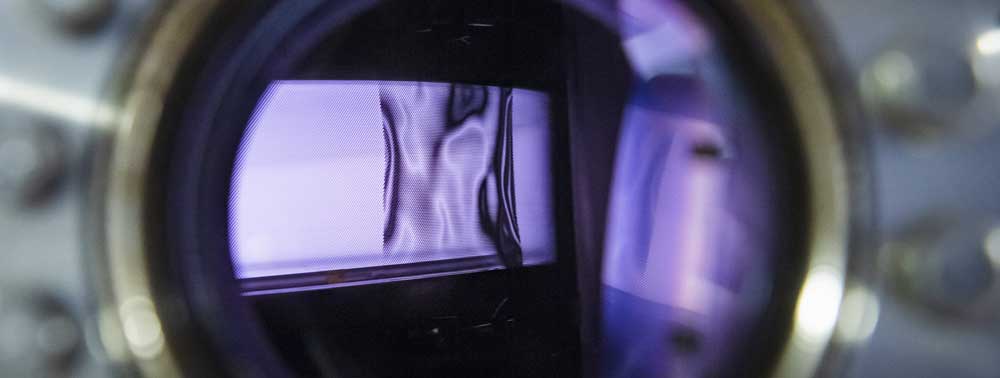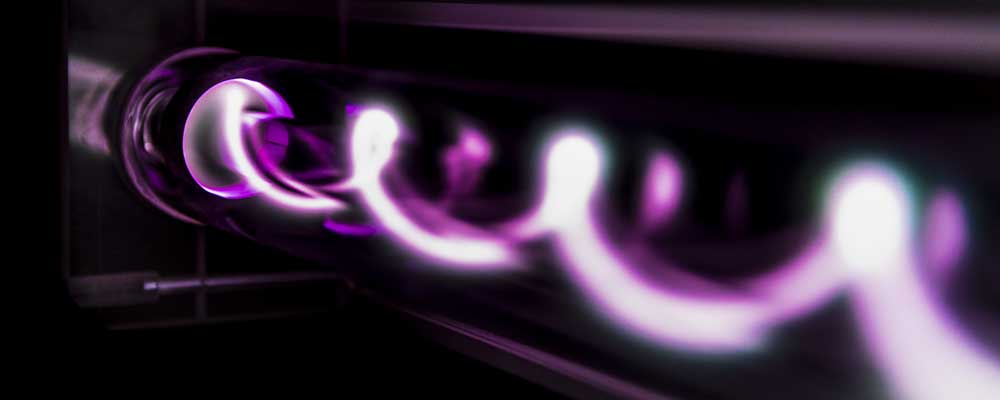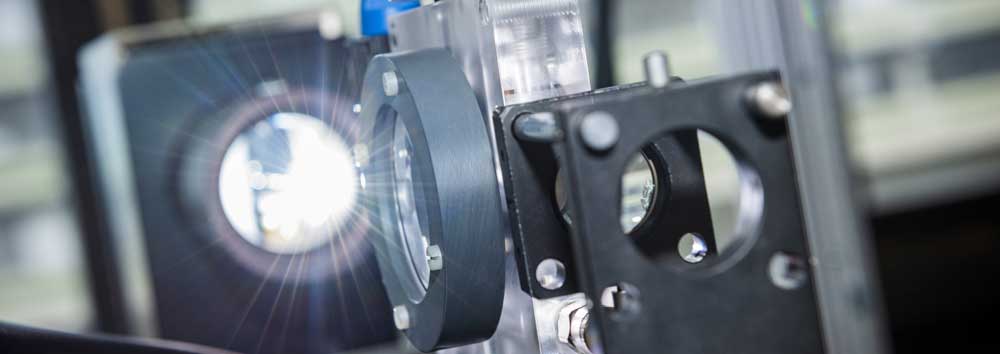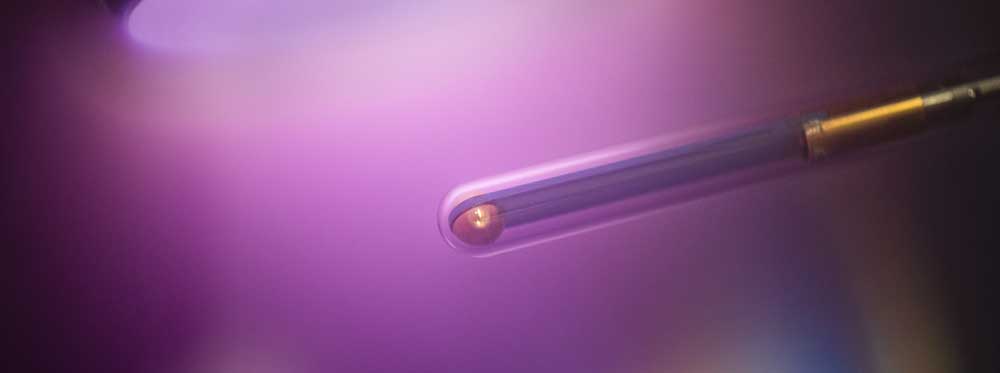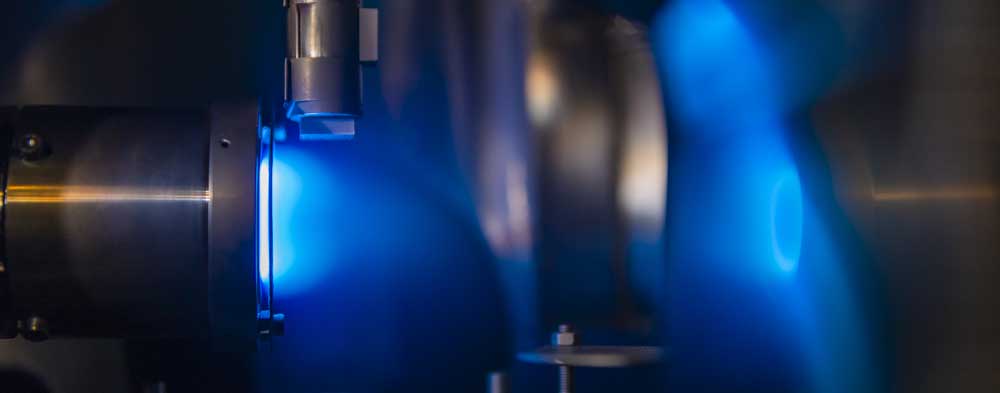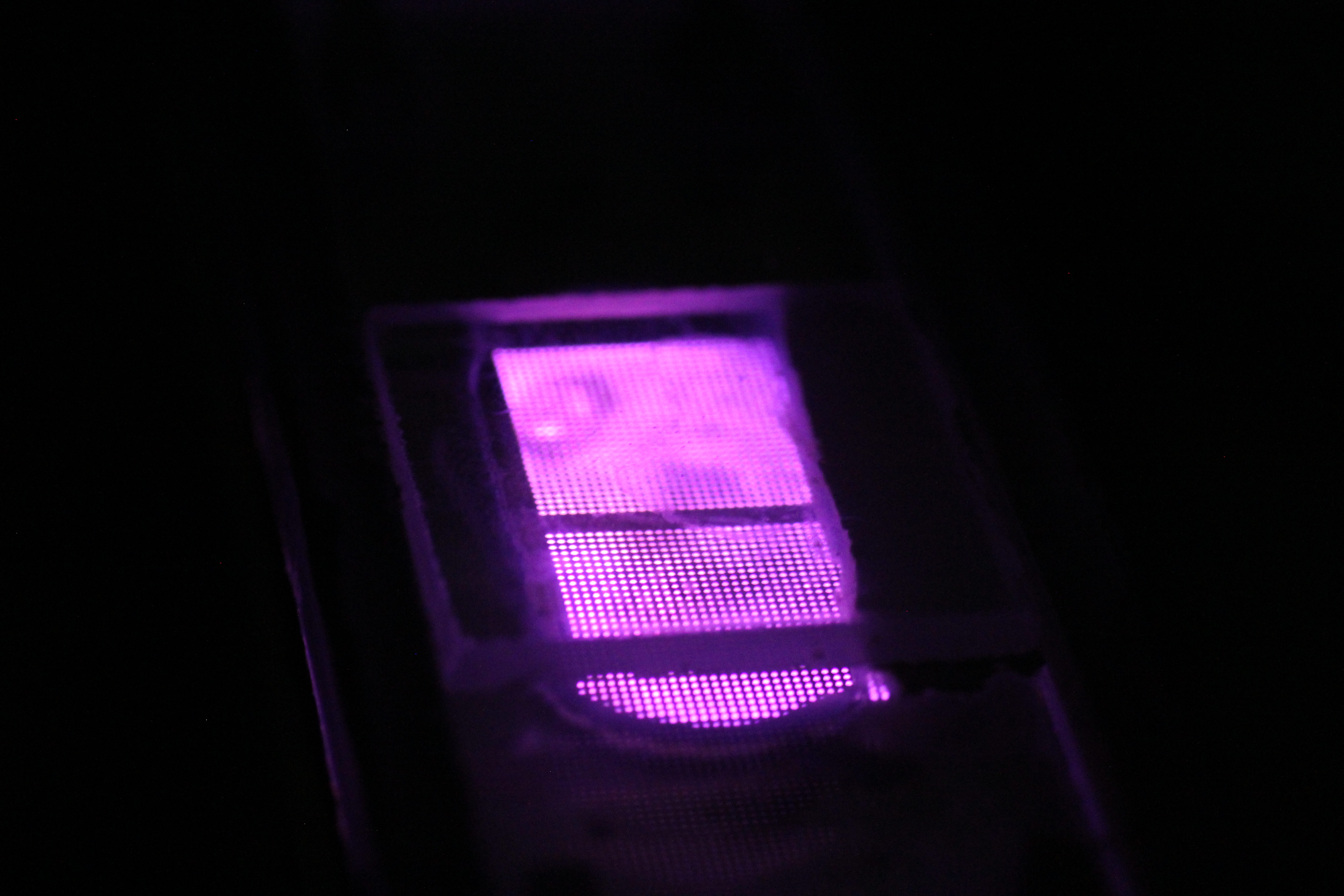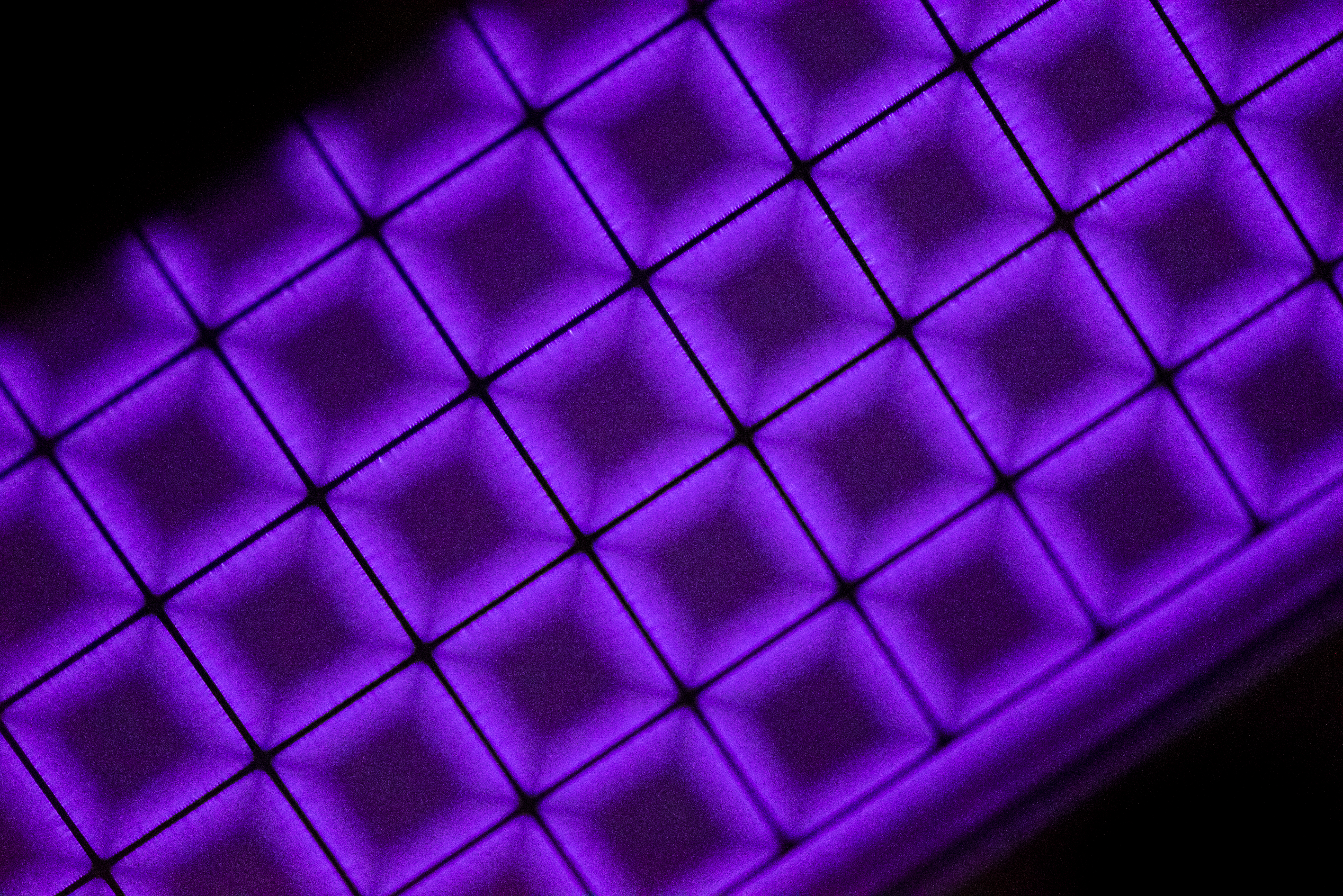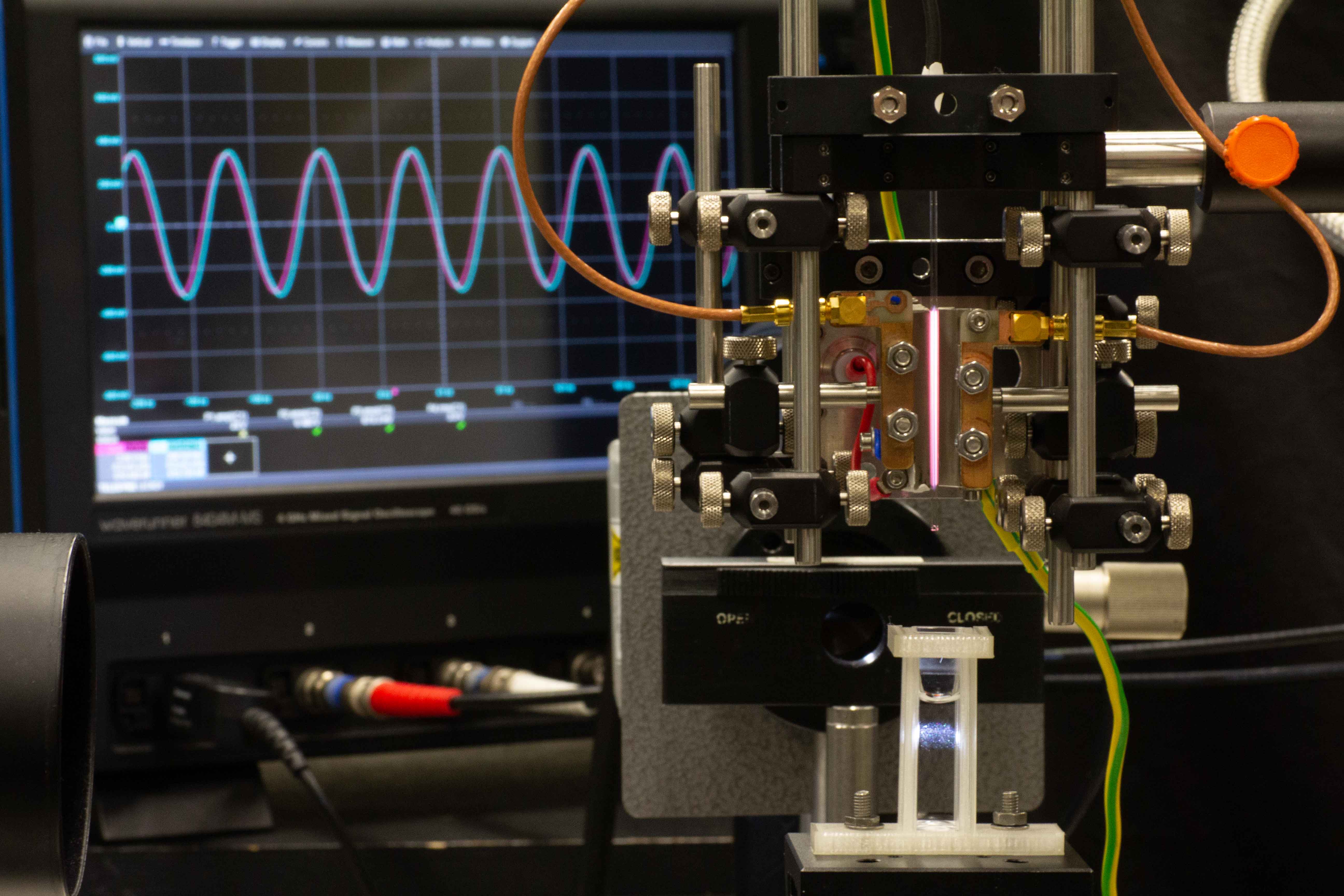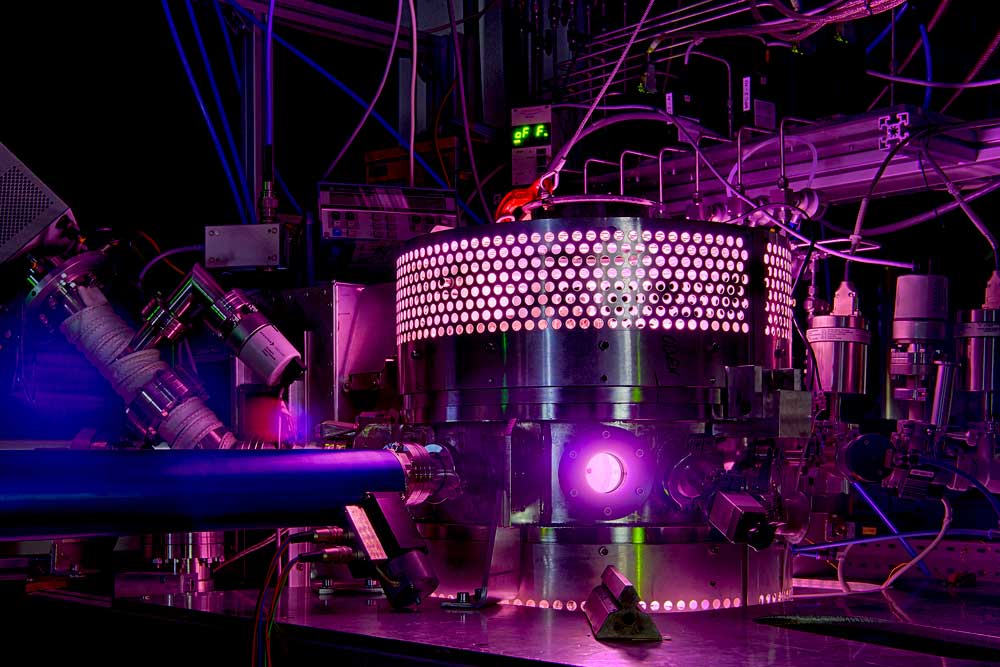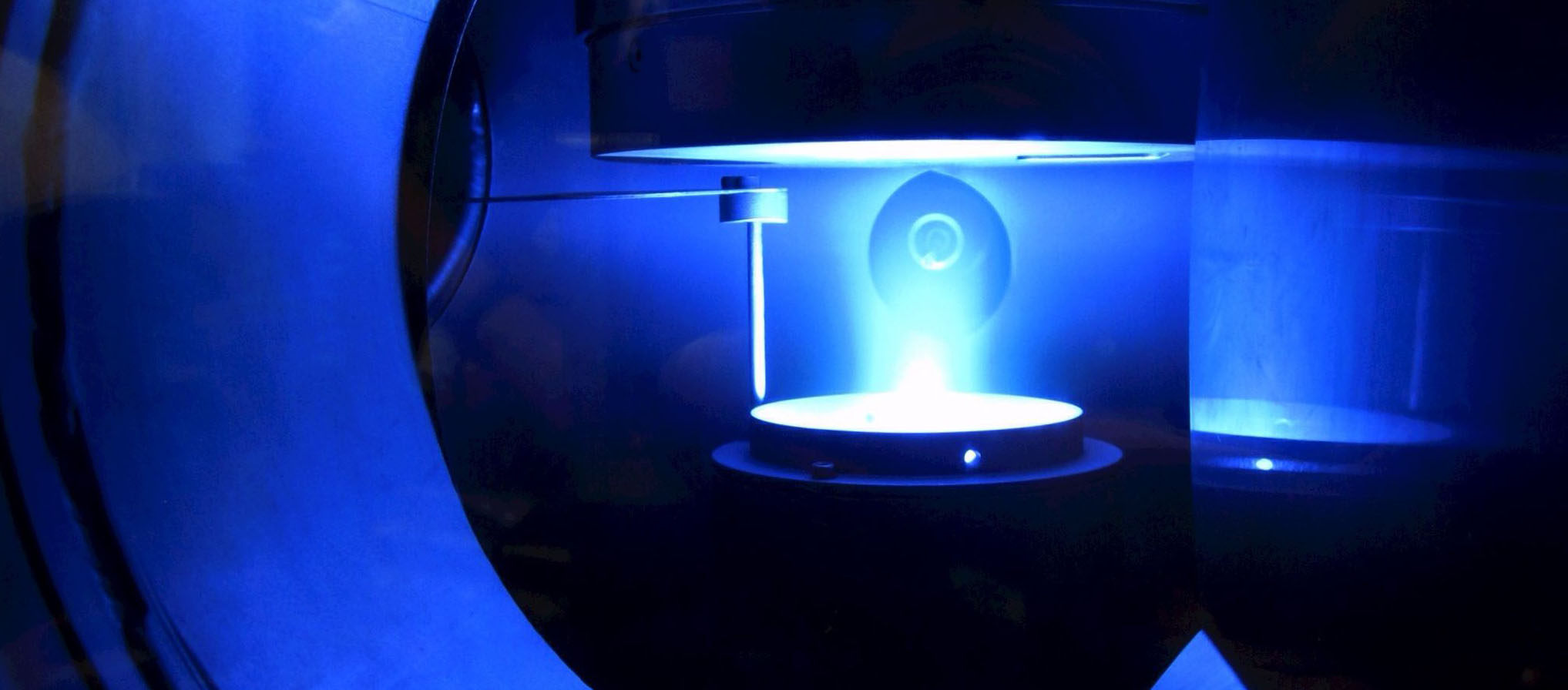- Details
TP4
DR. GIANFRANCO BRUNETTI
Dr. Gianfranco Brunetti is staying at our Institute of Theoretical Physics IV / Chair of Space and Astrophysics (Prof. Dr. Reinhard Schlickeiser) as a guest from 01.04.2015 to 31.07.2015. The Alexander von Humboldt Foundation has awarded him a research prize, the Friedrich Wilhelm Bessel Research Award. He comes from the Instituto Nazionale die Astrofisica (INAF) in Bologna, Italy. Another stay next year is planned.
Dr. Brunetti will study the acceleration of charged particles in galaxies and galaxy clusters to predict their observational radiation signatures from radio wave to gamma-ray regions.
- Details
TET
PROF. DR. JULIAN SCHULZE
From March 23 to 27, Prof. Julian Schulze from West Virginia University, USA, visited the Chair of Theoretical Electrical Engineering at Ruhr-Universität Bochum. The focus was on the scientific exchange with the chairs AEPT and TET as well as the work with Sebastian Wilczek, PhD student, on the common research topic. The research cooperation between the two universities in the field of plasma technology will be further expanded and consolidated in the future. Prof. Schulze studied, received his doctorate and habilitated at the Ruhr-Universität Bochum. As a promising young scientist in the field of low-temperature plasma physics, he was already awarded the Hans Werner Osthoff Plasma Physics Prize in 2012.
The scope and outstanding quality of his work in the few years from physics diploma to doctorate to habilitand at the Institute of Experimental Physics V of the RUB was impressive. His experiments have significantly advanced the understanding of the physics of high-frequency discharges. After a short period as a post-doc at the Hungarian Academy of Sciences, he is now Assistant Professor at West Virginia University and is considered a world-renowned expert in the field of RF plasmas. Together with Sebastian Wilczek, Prof. Schulze studies the heating/dynamics of electrons in low pressure capacitive discharges. This heating mechanism has a crucial influence on the plasma composition and needs to be understood in order to control industrial coating and etching processes much better. Based on previous collaborations, an article on the confinement quality of high-energy beam electrons was published in March 2015. The collaboration will continue in the future. In the summer semester, Prof. Schulze offers a block seminar over five days for students and interested parties. With his visit to the RUB, further interesting topics in plasma technology were discussed and investigated. Joint publications are planned.
- Details
TP4
DR. ILAN ROTH
From April 28-30, 2015, Dr. Ilan Roth from Space Sciences UC Berkeley, University of California, USA will be a guest of Prof. Dr. Reinhard Schlickeiser (Theoretical Physics IV). As part of the seminar "Space and Astrophysics" he will give a talk on "Knotty Invariants: Structure & Evolution of Magnetized Fluids" on 4/29 at 10:15 am (NB 7/67) and on "Solar/Planetary/Galactic Relativistic Electrons: Common Denominator?" on 4/30 at 10:15 am (NB 7/67). Interested parties are welcome!
ABSTRACT "KNOTTY INVARIANTS: STRUCTURE & EVOLUTION OF MAGNETIZED FLUIDS"
Magnetic fields in the laboratory and in space are generally depicted as closed loops or curves anchored at physical foot-points, both deformed through a set of stretching and bending procedures. This classification allows one to describe most of the magnetic configurations in fusion research, in magnetic confinement and in astrophysical environments as 2D curves modified by slide, poke or twist.
However, dynamically evolving 3D magnetic structures may form loops which cannot be transformed to an equivalent closed (anchored) two-dimensional curve. Hence, the resulting curves' characterization may be generalized through their unique topology. The analogy between MHD and knot theory offers a new classification of magnetic flux tubes. Ideal MHD fluid describes non self-intersecting loops with smooth stretching and bending in the viscous surrounding fluid, identically to mathematical knots. The crossings of a 3D structure projection are assigned mathematical operations resulting in new invariants which are preserved under stretching and bending, forming robust entities. We conjecture that the field which emerges from the solar photosphere appears in the form of a prime knots, knots which cannot be composed from two nontrivial knots. Observations of intermittent ion flux drops in impulsive solar flares can be attributed to the formation of the simplest knotty structures – torus knots. Similarly, accumulation of small-scale localized spatial structures seen in simulations and inferred experimentally in the cascading solar wind plasma can be related to the stability of the 3D knots. Implications for dynamo processes and decay and for stability of complex magnetic configurations due to preservation of topological invariants are suggested.
ABSTRACT "SOLAR/PLANETARY/GALACTIC RELATIVISTIC ELECTRONS: COMMON DENOMINATOR?"
Observations of electron distribution functions with sub or super relativistic tail or power law(s) at high energies and with elongated tails are common in space plasmas. These distributions are measured in situ or deduced remotely in various magnetized environments. The in situ measurements relate to enhanced fluxes of relativistic electrons principally (i) in the terrestrial outer radiation belts and (ii) at the interplanetary medium at heliospheric distances of 1 AU with related solar observations, or (iii) remotely at galactic distances through various radiation emissions. Due to the similarity between the observations at the relativistic radiation belts and solar electrons it is suggested that a specific bootstrap mechanism to relativistic electrons operates at these environments. Several possible solutions to previously ignored aspects of the mechanism will be offered. New mathematical description for the formation of an energetic distribution function tail will be described.
- Details
EP5
PROF. DR. YI-KANG PU
Prof. Dr. Yi-Kang Pu from the Department of Engineering Physics at Tsinghua University (China) will be a guest of Prof. Dr. Uwe Czarnetzki (EP5) from April 4-9, 2015.
- Details
EP2
REMI DUSSART UND VALENTIN FELIX
From March 16-18, 2015, Prof. Dr. Remi Dussart and PhD student Valentin Felix from GREMI are guests of Dr. Volker Schulz-von der Gathen and PhD student Judith Golda. Valentin will stay until March 20. Pascal Vogel, who was at GREMI for six months via Erasmus and developed the arrays with Valentin as part of a project with Remi Dussart, will also be there and is currently being tested.
- Details
TET
DR. SVEN ZIMMERMANN
On March 24, 2015, Dr. Sven Zimmermann from the TU Chemnitz and the Fraunhofer Institute for Electronic Nano Systems, respectively, will give a lecture in ID 04/401 as part of the Faculty Colloquium (Eletrotechnology and Information Technology). The title is "28 nm Technologies and Beyond: Challenges of Plasma Processing". Interested parties are cordially invited.
Dr. Sven Zimmermann is a guest of PD Dr. Thomas Mussenbrock (TET).
Kolloquiumsvortrag Sven Zimmermann
ABSTRACT: Plasma patterning processes play a key role in modern ULSI device fabrication. With further
scaling of device dimensions plasma process characteristics become more and more the
limiting factor in pattern minimization not least due parasitic effects caused by different plasma properties. Such effects are notching, footing and source/drain destruction during high-k/metal-gate patterning as well as the most critical sidewall damage while etching trenches an
d vias in back-end of line technologies for ultra low-k dielectrics. Finally the charge
damage of thin gate oxides during plasma processing results in decreased reliability and function
ality of completed devices. The lecture overviews typical challenges during plasma patterning processes in 28 nm and 22 nm technology nodes by means of today’s back-end of line integration schemes. Different plasma diagnostic methods give an insight into physical and chemical conditions
of different etch chambers and their influence on process results and damaging behavior.
Finally a plasma assisted chemical repair process for etch damaged ultra low-k sidewalls will
be introduced. This process bases on the fragmentation of different organosilicon molecules using in a downstream plasma chamber, whereby significantly enhanced repair efficiency can be achieved.
- Details
EP5
THIERRY BELMONTE
Prof. Thierry Belmonte and his people have visited from March 9th-12th, 2015 the group of Prof. Czarnetzki. Prof. Belmonte (Institut Jean Lamour, Nancy, France) is investigating pulsed discharges in liquids (liquid nitrogen, water, alcohols) for generation of variety of nanoparticles. Because the jitter of the discharge ignition time and the pulse-to-pulse differences among the formed microdischarges are large, it is very difficult to obtain reliable time-resolved information about discharge performance. An ideal diagnostics for such discharges is a use of streak camera. This camera has been provided to plasma researchers in Bochum by Germen Science Foundation (DFG) in frame of Research Unit "Physics of Microplasmas" (FOR 1123) and has been now successfully applied to the discharge of Prof. Belmonte with the assistance of AvH stipend Dr. Emile Carbone and PhD student Patrick Böhm. These activities are suported by a Leverhulme Trust lnternational Network Collaboration "Materials processing by atmospheric pressure plasmas for energy applications", initiated by Dr. Davide Mariotti (University of Ulster, Jordanstown, Northern Ireland) and includes also Jun.-Prof. Jan Benedikt (Ruhr-University Bochum) and Dr. Vladimir Švrček (National Inst. of Advanced Industrial Sci. and Techn. (AIST), Tsukuba, Japan).
